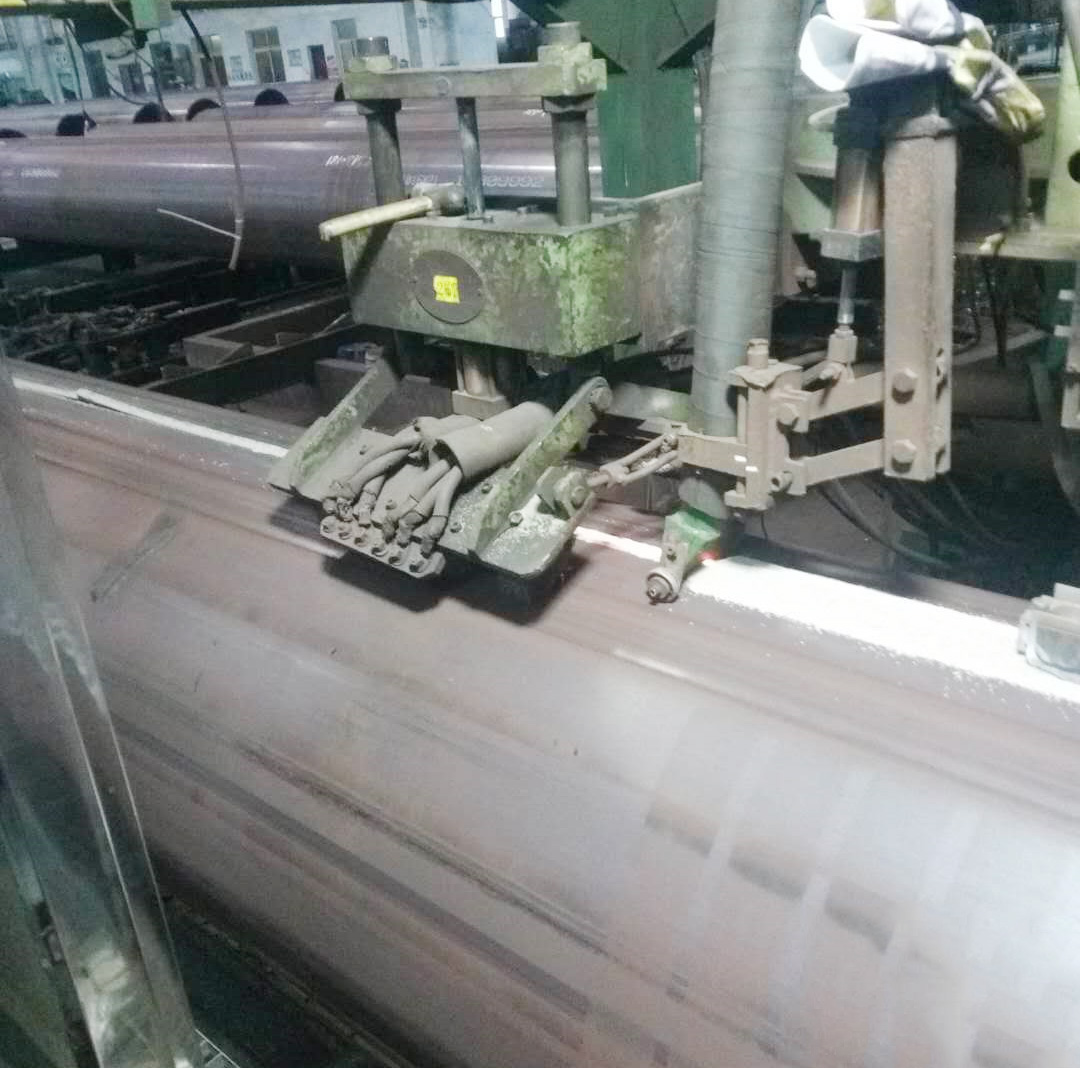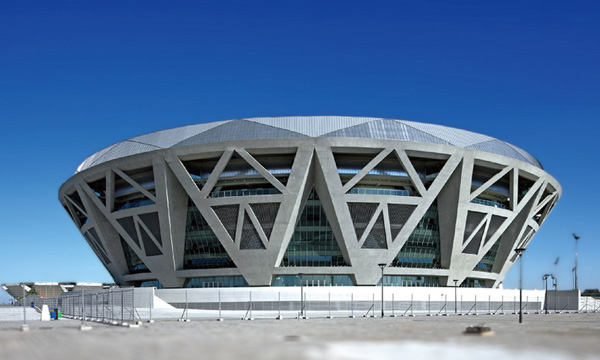NEWS / PHOENIX
Tips for welding flux selection
- Categories:Company News
- Author:
- Origin:
- Time of issue:2022-06-02
- Views:0
(Summary description)Fluxes are compared according to their basicity or acidity, and according to their effect on the composition of the deposited weld metal.
Tips for welding flux selection
(Summary description)Fluxes are compared according to their basicity or acidity, and according to their effect on the composition of the deposited weld metal.
- Categories:Company News
- Author:
- Origin:
- Time of issue:2022-06-02
- Views:0
Submerged Arc Welding Fluxes are compared according to their basicity or acidity, and according to their effect on the composition of the deposited weld metal.
Basicity is determined by the ratio of basic components in the welding flux compared to acidic components. Typically the basic components promote better properties, lower hydrogen, and enhanced crack resistance. Acid components provide higher welding travel speeds, a smoother weld bead, and easier slag removal. A submerged arc welding flux is considered basic if it has a basicity index of more than 1, indicating a greater proportion of basic components than acid components. A welding flux is considered acid if the basicity index is less than 1. Highly basic welding fluxes for the most critical applications may have a basicity index of 3 or more.
Active fluxes contribute alloying elements to the deposited metal composition. The most common being manganese and silicon. Other alloys such as chromium or tungsten may intentionally be added for special applications. The amount of alloy contribution is further influenced by arc voltage which determines arc length and therefore the amount of flux melted. Non active fluxes contribute minimal amounts of alloying elements to the weld joint regardless of welding voltage, so that the weld deposit composition is similar to that of the filler wire.
To avoid excessive build up of alloying elements it is advisable to use only neutral (non active) welding fluxes for joint thicknesses greater than 25mm. For general purpose welding in this category the most common welding flux is PHOENIXWELD HW811.
Active fluxes are most suited to thinner materials and a limited number of passes. They are useful when welding over rust, surface mill scale, or other surface contamination. Active fluxes with low basicity are capable of high welding speeds and provide a smooth weld bead. Examples of these fluxes are PHOENIXWELD HW751 and PHOENIXWELD HW931.
Choose welding fluxes with high basicity such as PHOENIXWELD HW816H in applications where better mechanical properties or crack resistance are important.

Scan the QR code to read on your phone
Hot Info
CONTACT US
Ms. Claire Wu
Phone: +86 371 6731 7666
Mobile:+86 156 1757 3337
Mailbox:phx@fenghuanghj.com
Address:NO.98 Dengfeng South Road,Shangjie District,Zhengzhou City
Copyright © Zhengzhou Phoenix New Material Technology Co., Ltd. 豫ICP备14018313号 Power by 300.cn







 +8615617573337
+8615617573337 WhatsApp
WhatsApp  phx@fenghuanghj.com
phx@fenghuanghj.com
